Aspheric Bare Lenses

1、Basics
A spherical lens is one that has a constant curvature from the center to the edge of the lens, while an aspherical lens is one that has a continuously changing curvature from the center to the edge of the lens. Aspherical lenses are divided into two types: (1) axisymmetric aspherical lenses, which contain an aspherical surface symmetrical to the optical axis, such as paraboloid, hyperboloid, ellipsoid, etc.; and (2) non-axisymmetric aspherical lenses, which contain an aspherical surface not symmetrical to the optical axis, such as a cylindrical surface. Aspherical lenses have more degrees of freedom than spherical lenses, which means that more complex surfaces can be created. The standard formula for an aspherical lens (defined by the surface sag) is:

![]()
where:
Z is the surface vector height parallel to the optical axis;
s is the radial distance from the optical axis;
C is the curvature, the reciprocal of the radius of curvature R. The sign of R depends on the center of curvature of the surface of the lens is located to the left and right of the lens apex; positive R indicates that the center of curvature is located to the right of the lens apex, and negative R indicates that the center of curvature is located to the left of the lens apex;
k is the conic constant;
An is the nth order aspherical coefficient, as shown in Fig. 1.
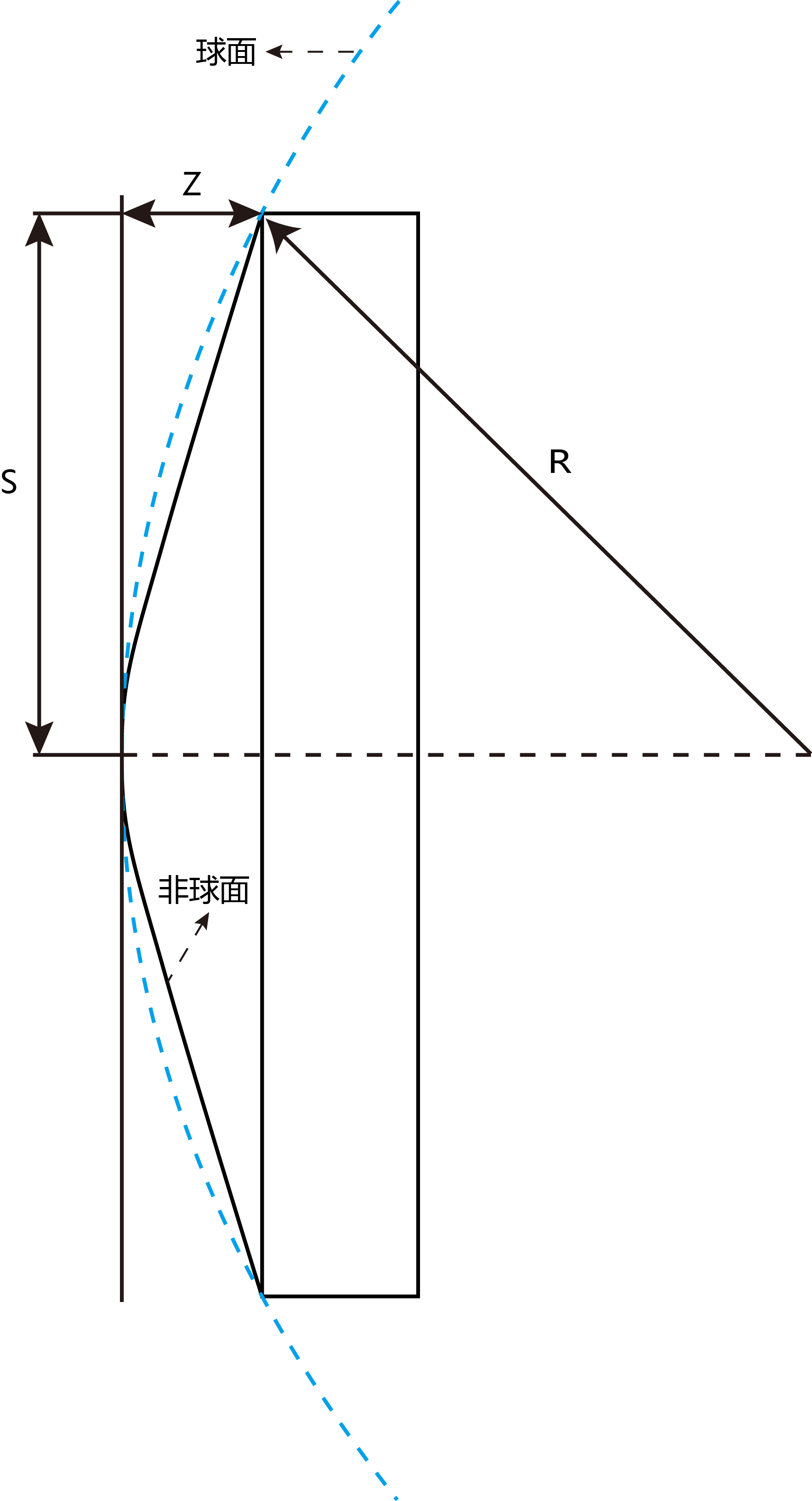
Fig. 1 Definition of aspheric lens
When the aspheric coefficient is equal to zero, the aspheric surface is equivalent to a cone, as shown in Figure 2.
| Conic constantk | Surface type |
| k=0 | Orbicular |
| k>-1 | Ellipses |
| k=-1 | Paraboloid |
| k<-1 | Hyperbolic |
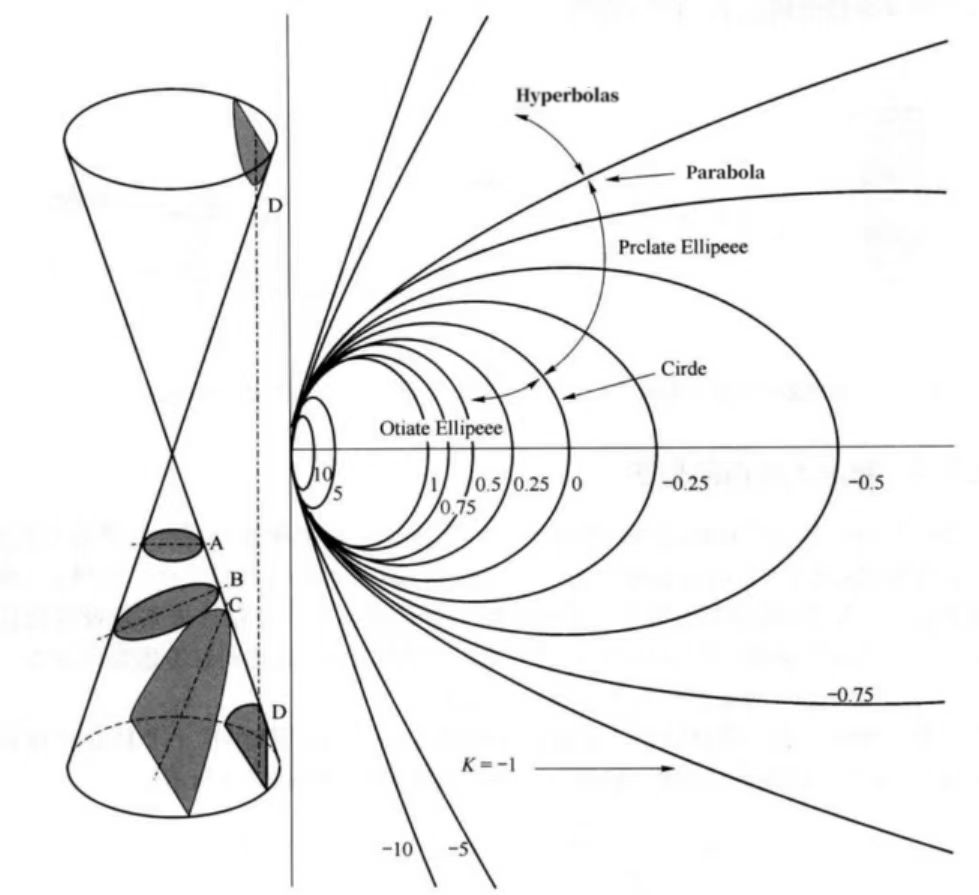
Fig. 2 Surface types corresponding to different conic constants
1、Advantages
1、Spherical Aberration Correction
Spherical aberration refers to the focusing of light passing through a lens near the edge of the lens in front of or behind the light passing through the lens near the center, and is caused by the reflection and refraction of light on the lens, so spherical aberration occurs on the surface of a spherical lens regardless of the presence or absence of measurement errors and manufacturing errors. For monochromatic light, spherical aberration can limit an individual spherical lens from reaching diffraction-limited performance when collimating or focusing a beam.
In contrast to spherical lenses, aspherical lenses do not introduce spherical aberration in the transmitted wavefront when collimating or focusing the beam. This provides better quality collimated beams for collimation applications, smaller spot sizes for focusing applications and better image quality for imaging applications.
As shown in Figure 3, which illustrates a spherical lens with spherical aberration, the spherical aberration that occurs in a spherical lens focuses the incident light toward many different fixed points, resulting in a blurred image.
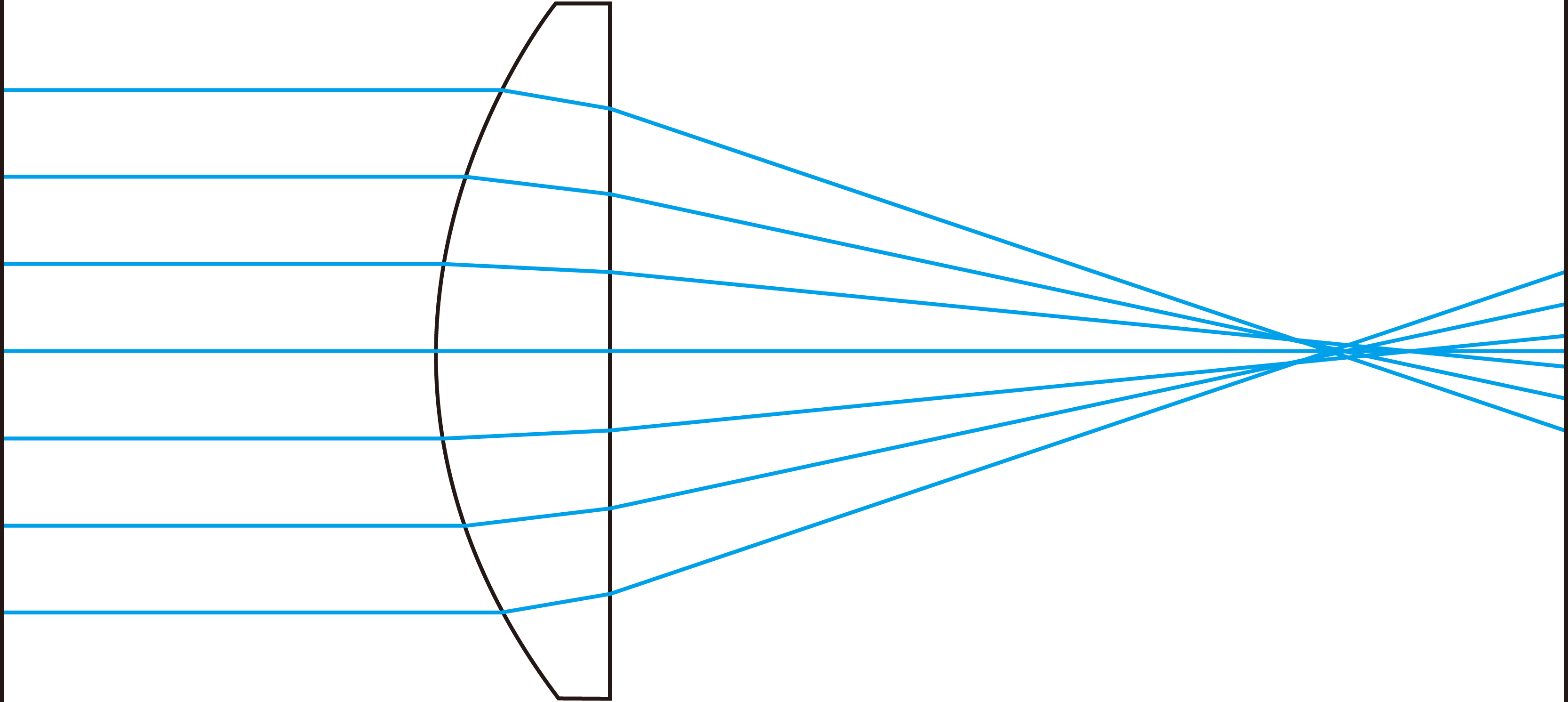
Fig. 3 Spherical lens with spherical aberration
An aspherical lens with almost no spherical aberration is shown in Figure 4. An aspherical lens focuses all the different rays of light at the same fixed point, thus producing a less blurred and better quality image.
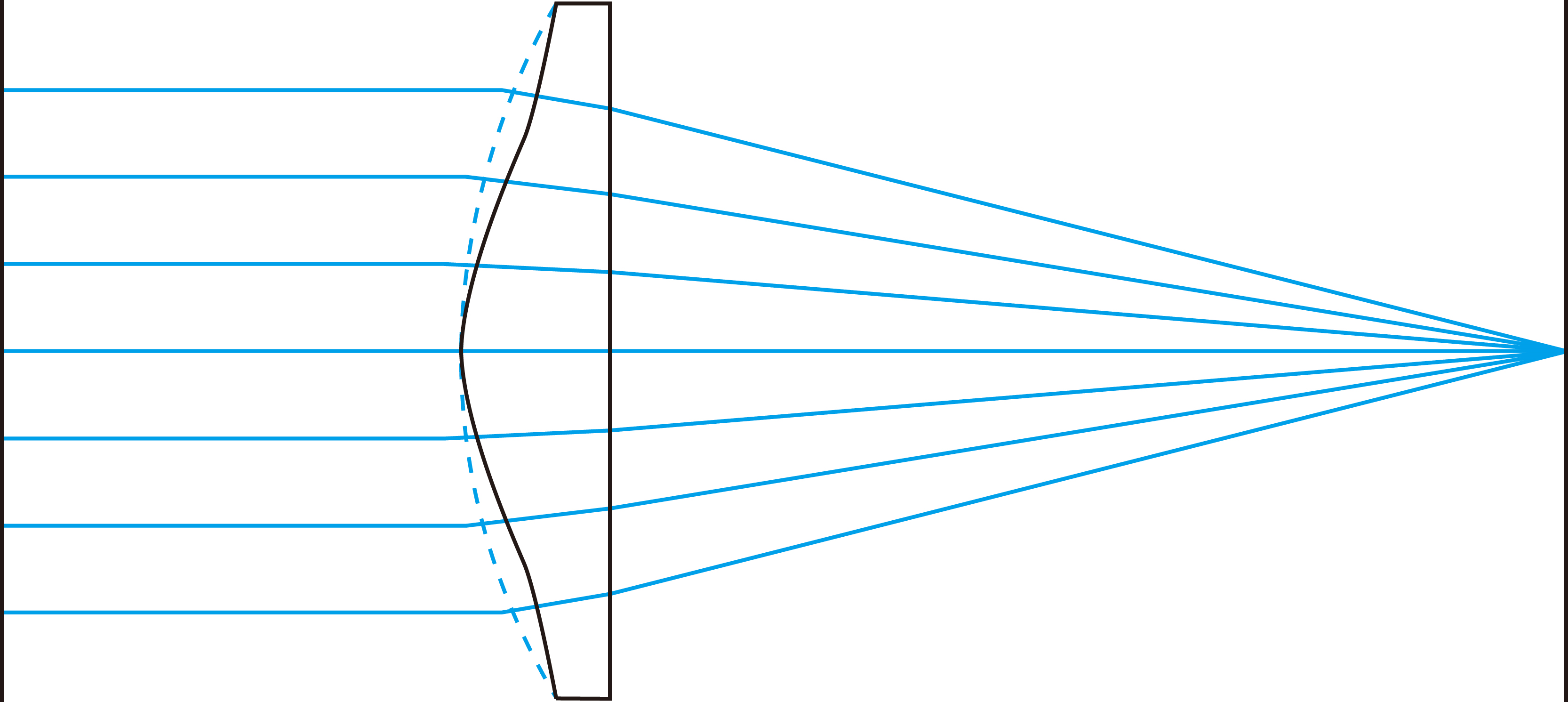
Fig. 4 Aspherical lens with almost no spherical aberration
2、System Advantages
In many cases, a single aspherical lens can replace several conventional spherical lenses, resulting in a lighter, more compact, less expensive and better performing optical system. Reducing the number of lenses also reduces the number of surfaces inside the lens where reflections may occur, thereby increasing the luminous flux, as shown in Figure 6.
Optical systems that use more optics may negatively impact optical and mechanical parameters, resulting in more expensive mechanical tolerances, additional calibration steps, and more requirements for permeation-enhancing coatings, which ultimately reduces the overall utility of the system, as shown in Figure 5. Incorporating aspheric lenses into the optical system will reduce the design cost of the system.
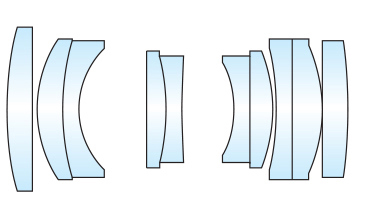
Fig. 5 Spherical lens optical system
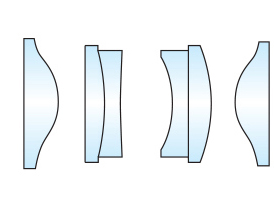
Fig. 6 Aspherical lens optical system
Because aspheric lenses have the advantage of correcting spherical aberration and reducing the number of lenses in an optical system, they are increasingly being used in a variety of optical systems, including laser collimation or focusing, fiber optic coupling, optical imaging, and digital cameras.

